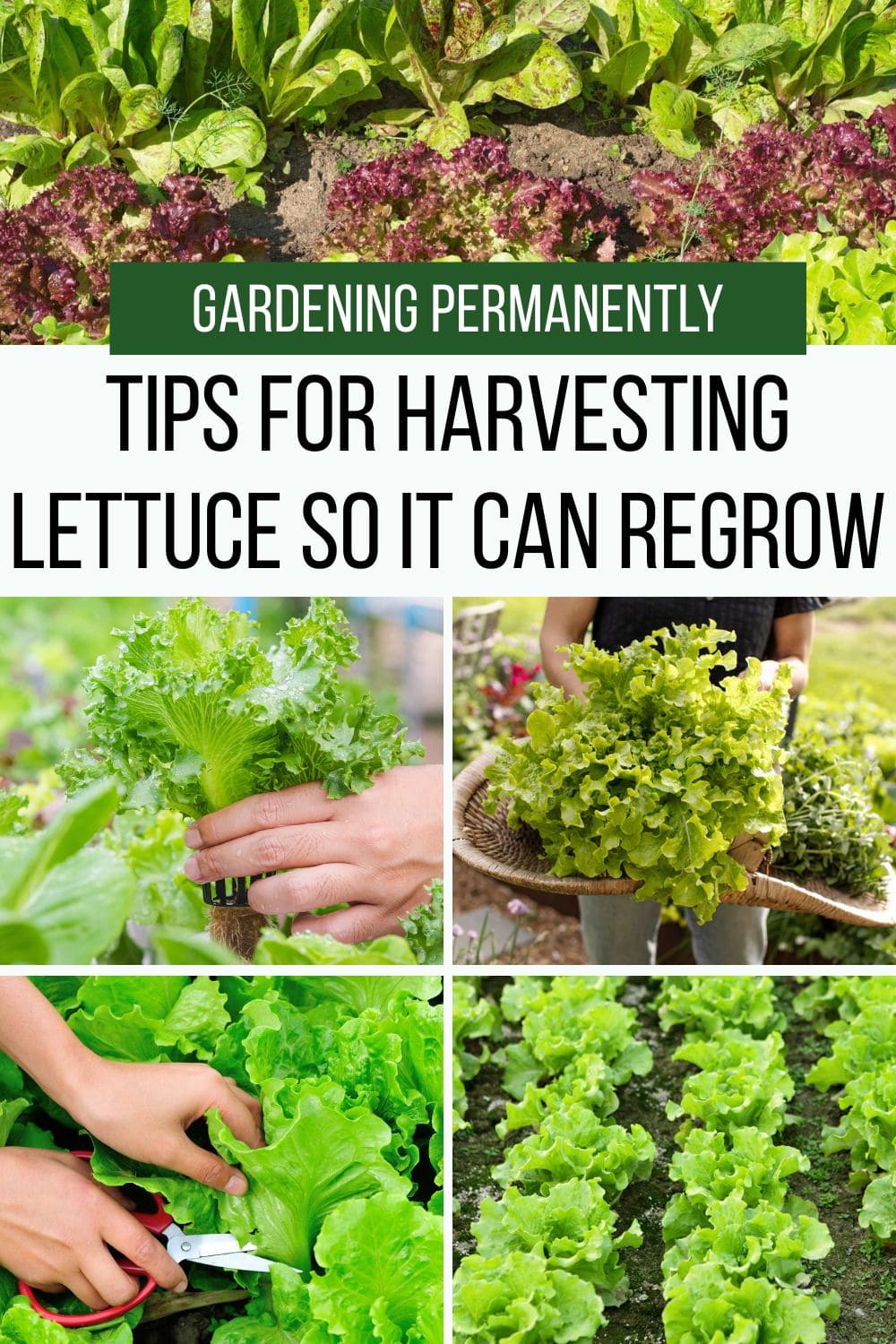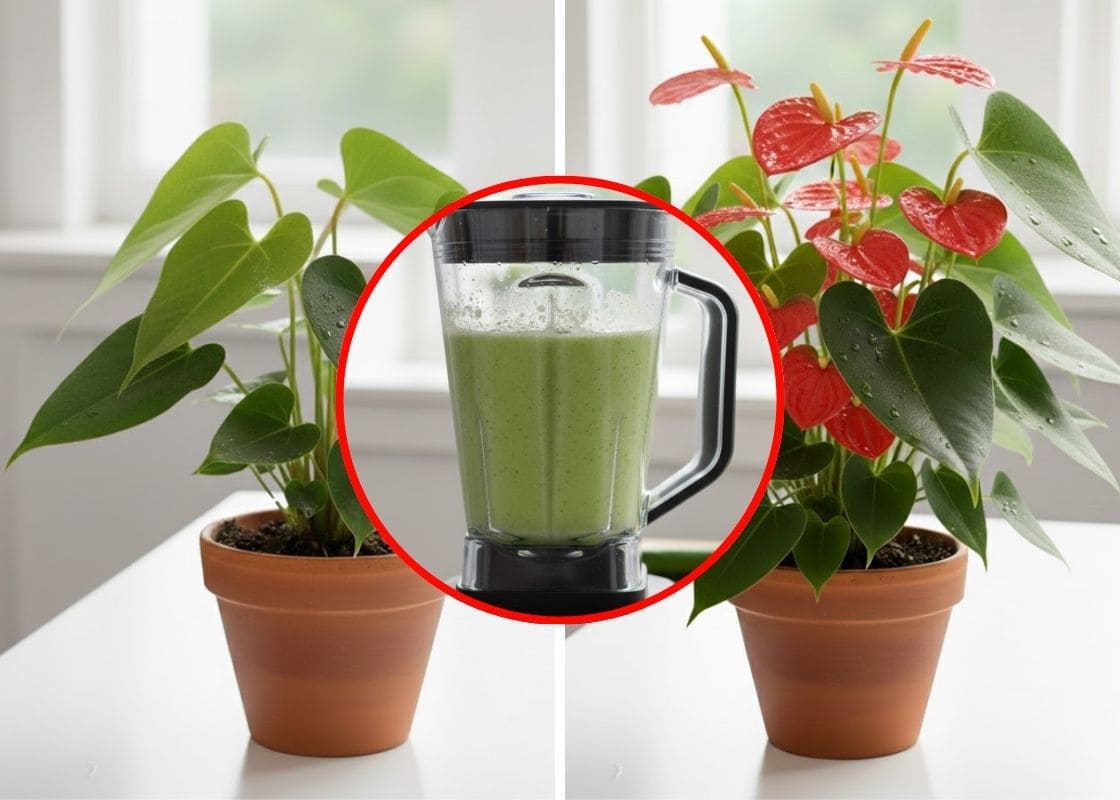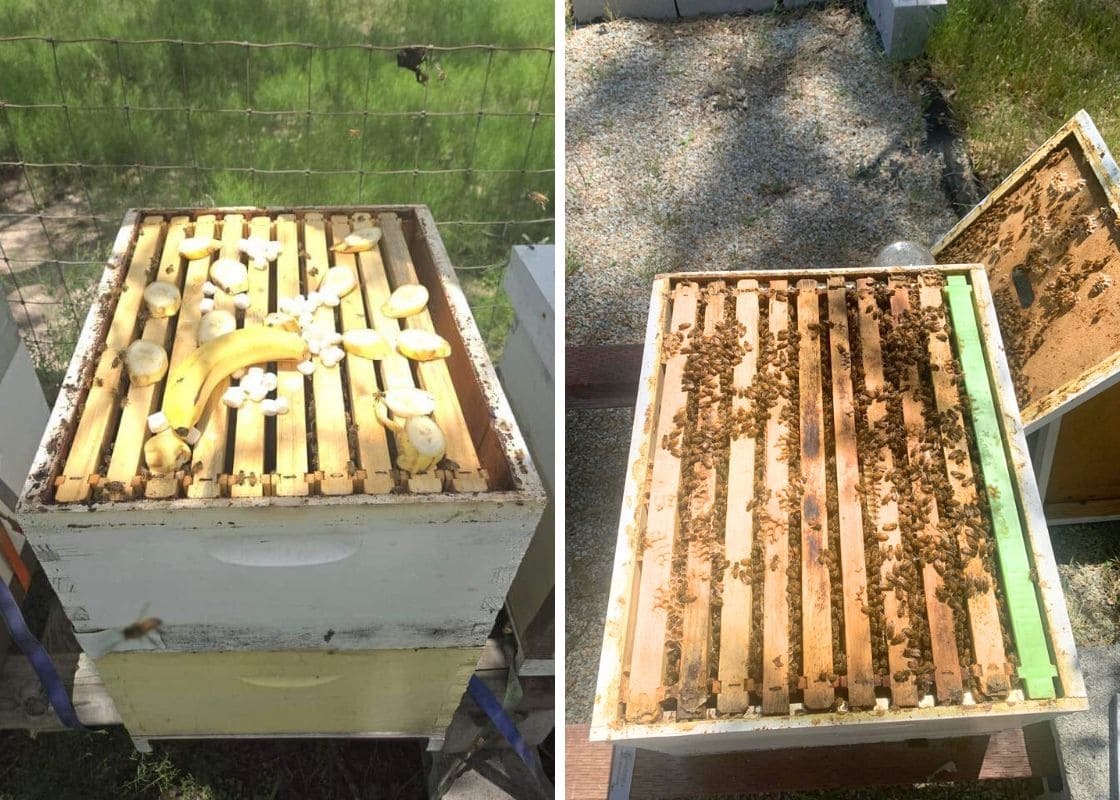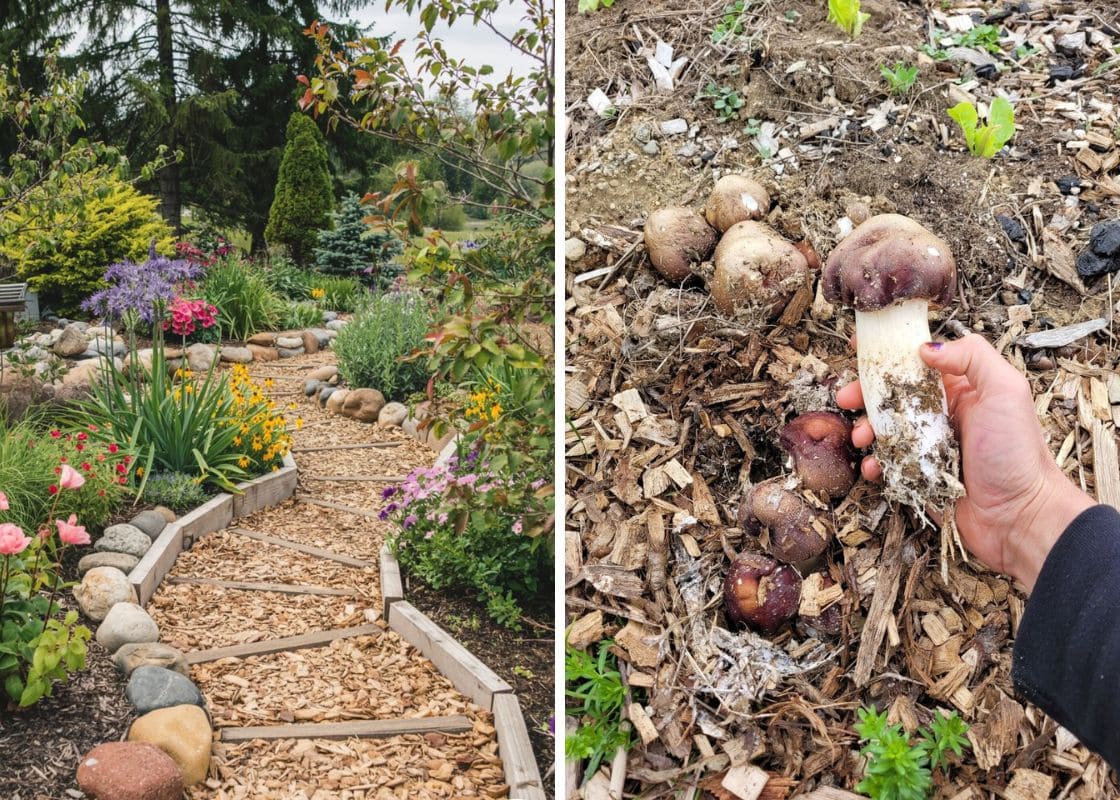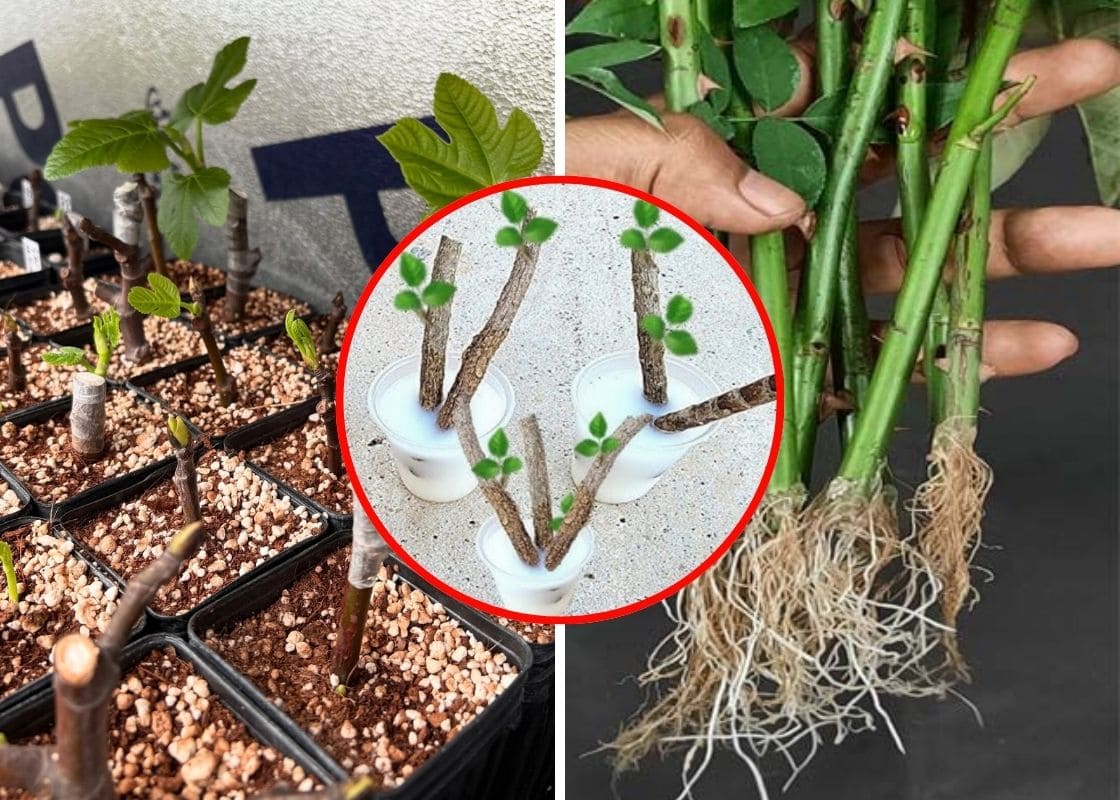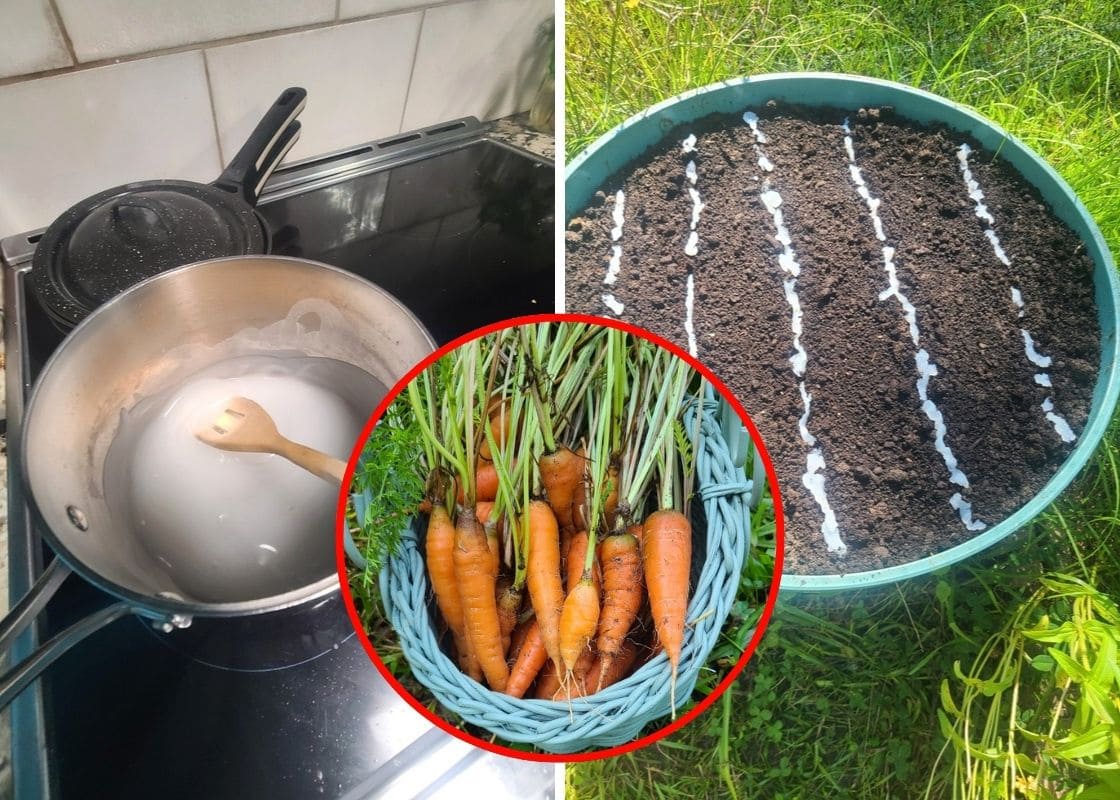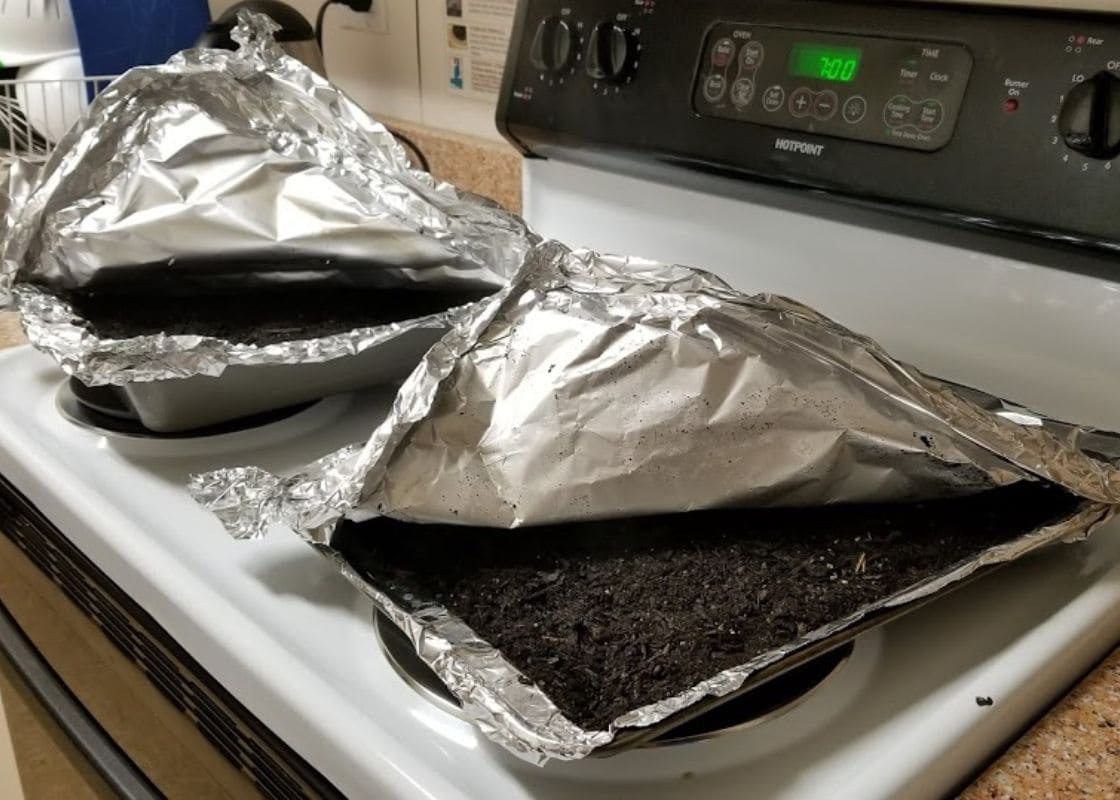If you’ve ever planted lettuce and wondered how to keep those fresh leaves coming week after week, you’re not alone.
Lettuce is one of the easiest crops to grow in a home garden, and with the right harvesting techniques, you can enjoy a steady supply without replanting every time.
I’ve grown lettuce for years in everything from raised beds to window boxes, and I can tell you, if you treat it right, it just keeps on giving.
Know Your Lettuce: Not All Are Alike

First things first, not all lettuces are created equal when it comes to regrowth. The best types for repeat harvesting are loose-leaf varieties like Red Salad Bowl, Black Seeded Simpson, or Green Leaf.
These grow in clumps rather than forming a tight head, and they’re perfect for what we call the cut-and-come-again method.
Romaine can also be harvested this way if you’re careful, though it takes a bit longer to regrow.
On the other hand, iceberg and butterhead lettuces usually form tight heads and are more of a one-and-done deal.
So check your variety before planning to extend your harvest.
When to Harvest Lettuce for the Best Flavor
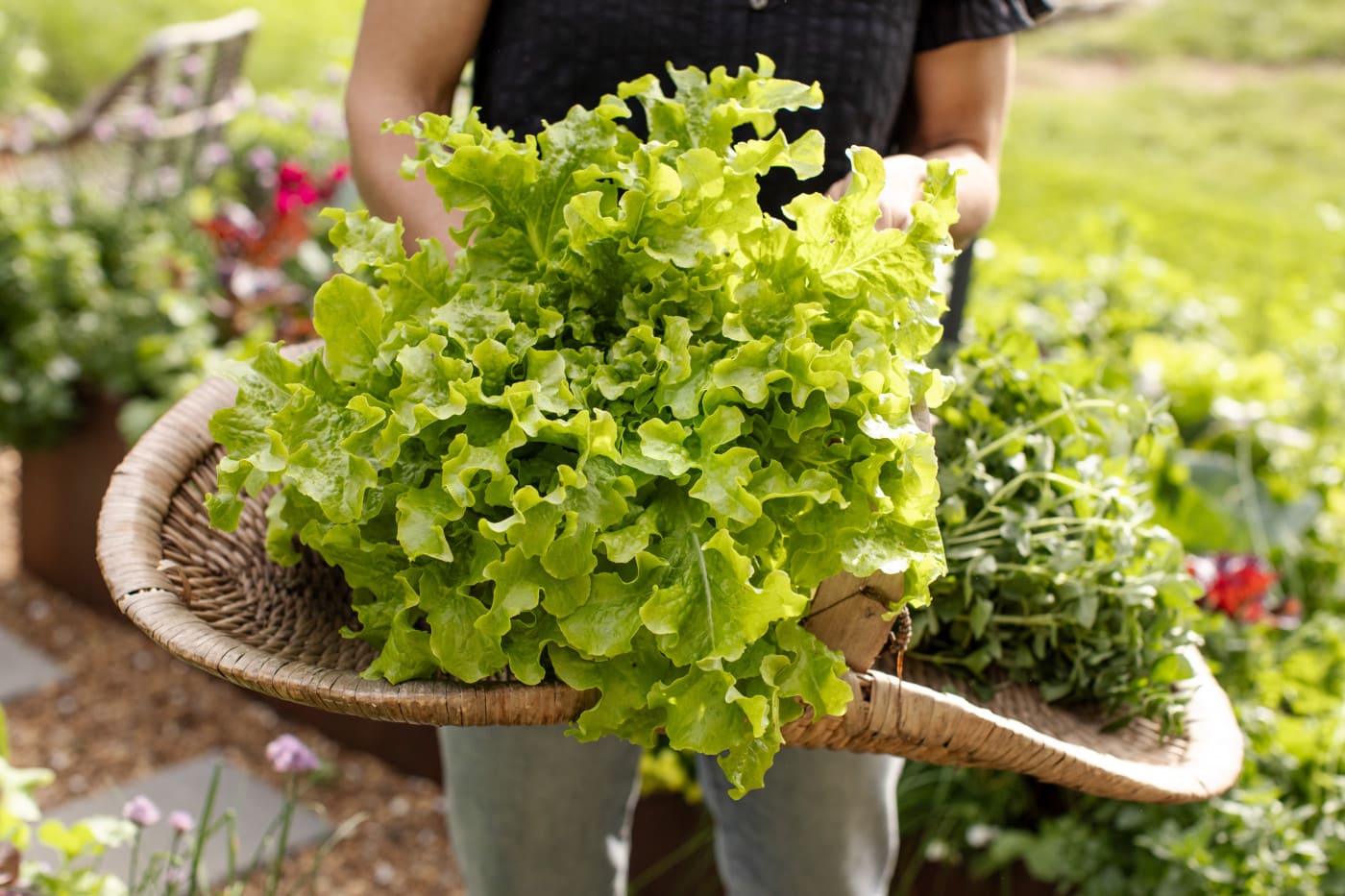
Lettuce tastes best when the leaves are still young and tender. If they grow too large, they can turn bitter or even start to bolt, especially in warm weather.
I always recommend harvesting in the morning when the leaves are cool, crisp, and full of moisture.
Look for leaves that are about 4-6 inches tall, big enough to enjoy, but not so large that they stress the plant.
The Cut-and-Come-Again Method
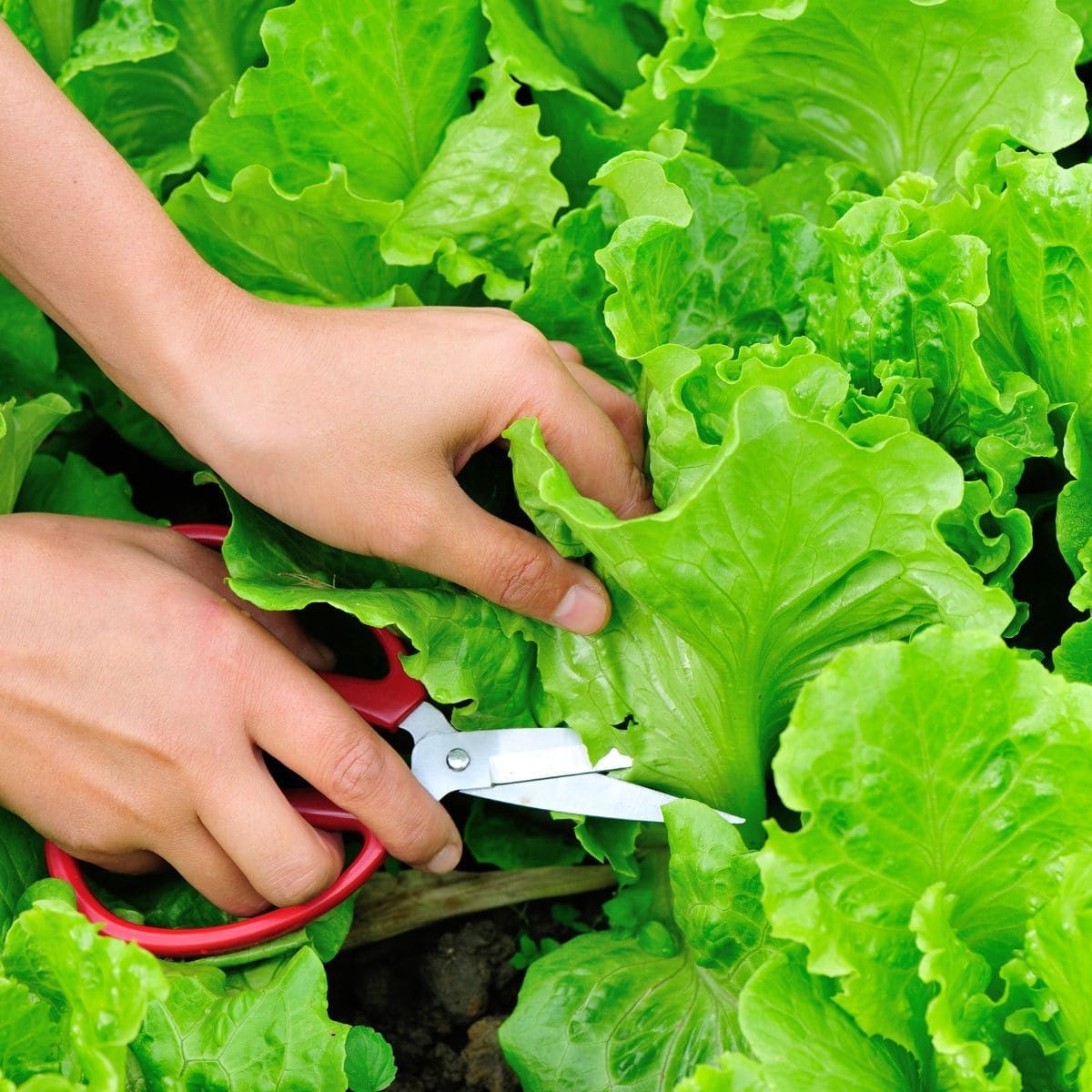
You need to use clean, sharp scissors or garden shears. Snip off the outer leaves first, about an inch above the base of the plant.
Next, leave the center (the growing crown) completely intact, that’s where new leaves will sprout from. Then water the plant afterward to help it bounce back.
If you do this right, the plant will keep producing new leaves for several weeks. I often get 3-4 rounds of harvests from a single planting.
Caring for Lettuce After You Harvest
After you’ve harvested, give it a gentle drink of water to reduce shock, and if it’s been in the soil a while, consider giving it a light feeding with compost tea or a diluted organic fertilizer.
In hotter weather, make sure your lettuce has some shade during the afternoon. Lettuce prefers cool temps, and too much heat will trigger bolting.
Mulching around the base can also help keep the soil cool and moist.
Common Harvesting Lettuce Mistakes to Avoid
I’ve seen a lot of new gardeners make the same few mistakes:
- Pulling out the whole plant, you don’t do this unless it’s the end of the season or you’re harvesting a full head variety.
- Cutting too deep, always leave an inch of growth above the soil so the crown stays intact.
- Letting leaves get too big as they’ll get bitter and the plant will struggle to regrow.
Also, don’t harvest when the plant is stressed or wilted from heat as it can stunt regrowth.
Bonus Tip: Stagger Your Plantings
One of my favorite tricks is succession planting. Every 2–3 weeks, I plant a new batch of lettuce seeds.
That way, while one batch is recovering from harvest, the next is just reaching peak size. It keeps my salad bowl full all season long.
